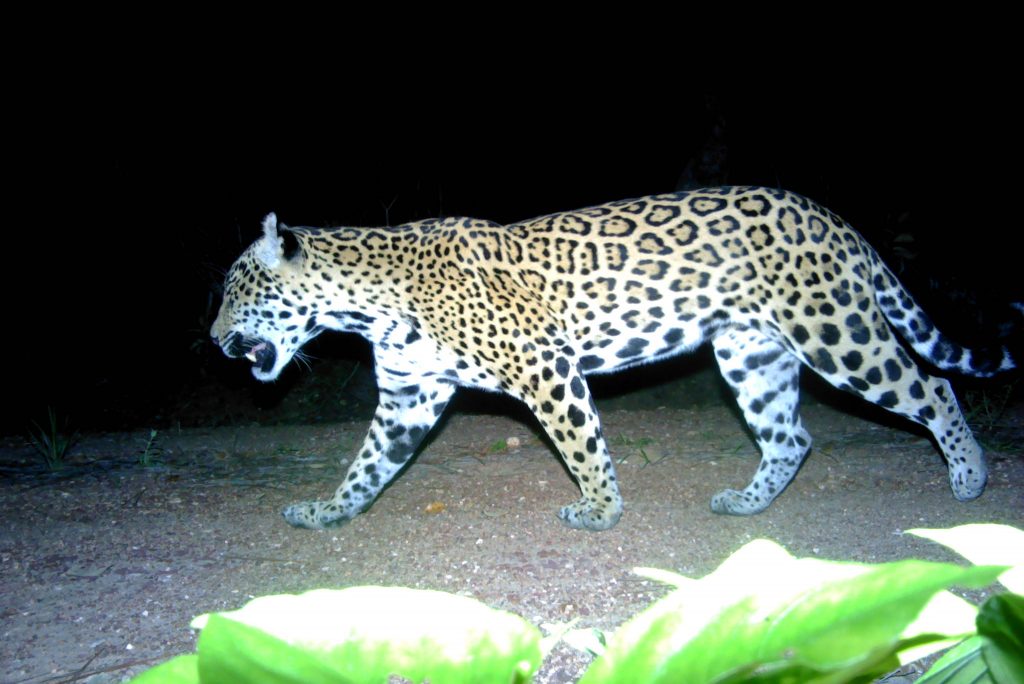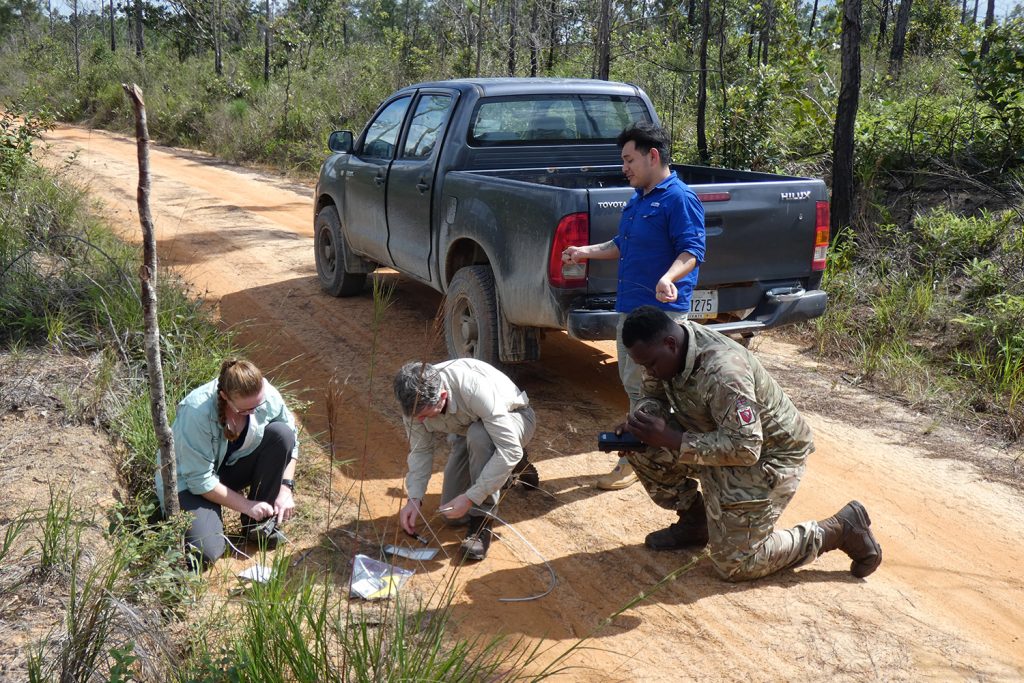
British Army Training Support Unit Belize (BATSUB) has a licence to train up to 3,750 personnel a year in Belize across a network of both Government and privately-owned land, alongside the Belize Defence Force and other foreign forces.
With around 375,000 hectares of jungle available for training, DIO and BATSUB have developed close relationships and are in regular dialogue with Belizean Government organisations, land owners, land managers, environmental organisations and archaeological experts. This ensures that all of the military users of the training areas understand and protect the Belizean environment, respect the pristine jungle and comply with our range orders and Belize environmental law in order to ensure we continue to have “Consent to Train”.
Why DIO is monitoring the wildlife
DIO environmental advisers working closely in the field with staff from the Forest Department, Institute of Archaeology, completed an Environmental Impact Assessment in 2017 to collaboratively assess the impacts of military training in Belize. From that, a full suite of environmental compliance measures for training within the jungles of Belize were agreed with the Department of Environment. One of the compliance measures was to establish a monitoring strategy to record wildlife in and around our live firing ranges.
Supporting research isn’t a new activity. BATSUB has always had a close working relationship with the Forest Department, Friends for Conservation and Development and other researchers working in the jungle. While this is a new piece of research, this time funded by DIO, BATSUB has assisted research in the past through sharing resources to building huts in the jungle for researchers to operate from.
How DIO is monitoring and protecting the wildlife
DIO BATSUB contracted with Panthera – an international charity dedicated to the research and conservation of big cats – to deliver a three-year monitoring programme to undertake the systematic recording of wildlife and to assess the effects of military training and specifically live firing on mammalian species.

The research for year two of the programme will focus on developing a detailed understanding of the short-term impacts of live firing on species ecology and behaviour.
How Panthera’s monitoring works on the ground
Panthera has a large research programme in place across Belize. By partnering with them we were able to help them get cameras into areas that they had not researched to date.
The camera traps are set out on a grid across the jungle, within and outside of the training locations, and data is then analysed. Data from before, during and after training sequences enables us to see the effects on species. The cameras are set in pairs so that individual cats can be identified by their markings on both sides of their bodies and their movement through the jungle can be monitored.

How DIO and BATSUB will use the research findings
The research and findings from Panthera’s work are enabling BATSUB to refine its approach and management of military training within the jungle. This research is informing Defence’s understanding of the impact of training and assessment that jungle training can be a sustained activity within the Forest Reserves of Belize.
The results are also adding vital information about wildlife into the Belize National Archive and are providing useful information about other users of the jungle such as tourists and illegal loggers and hunters.